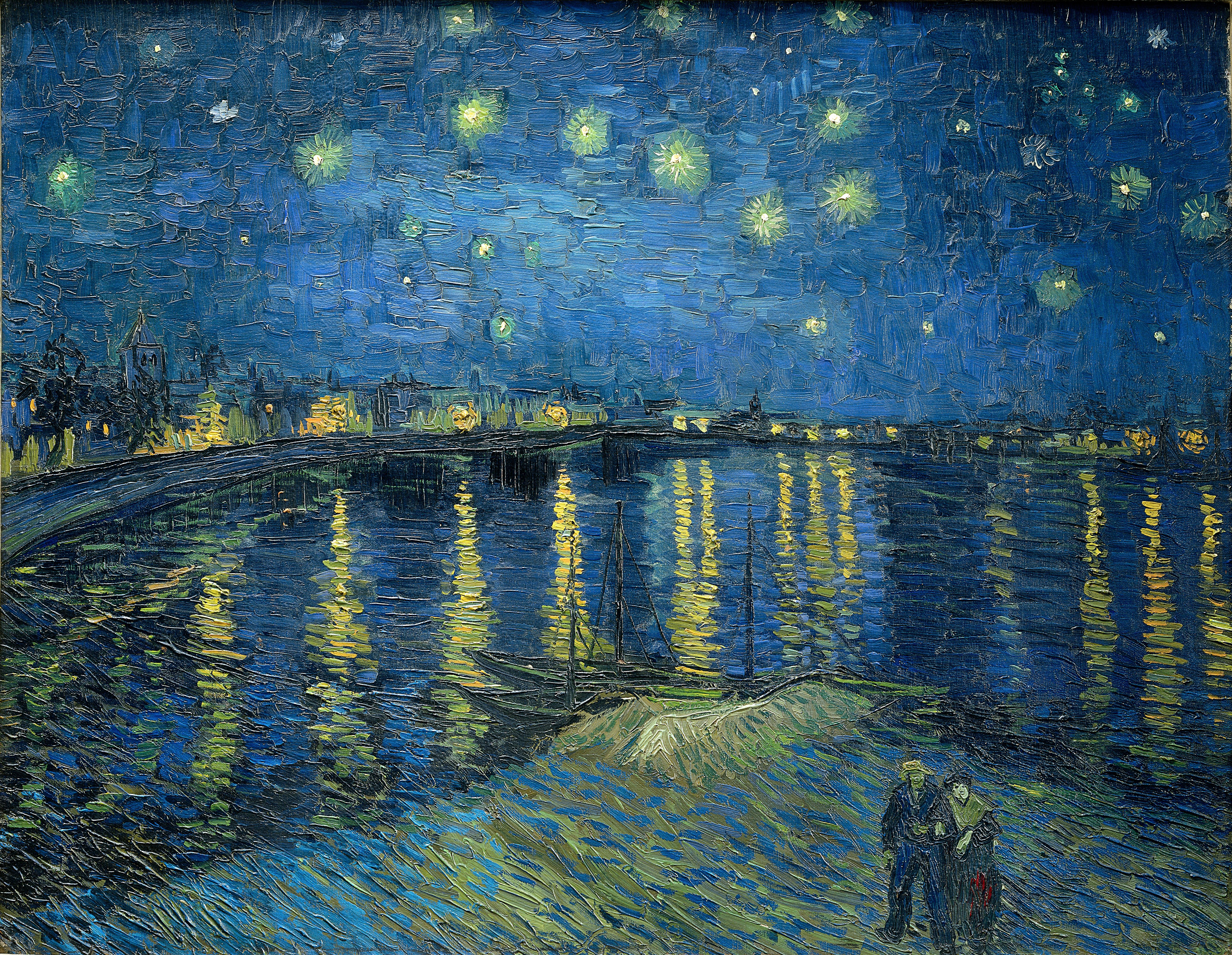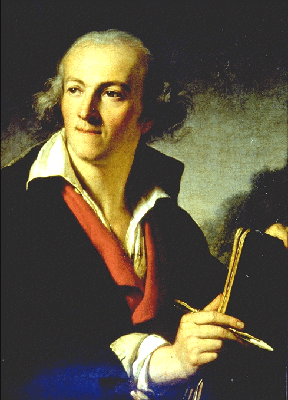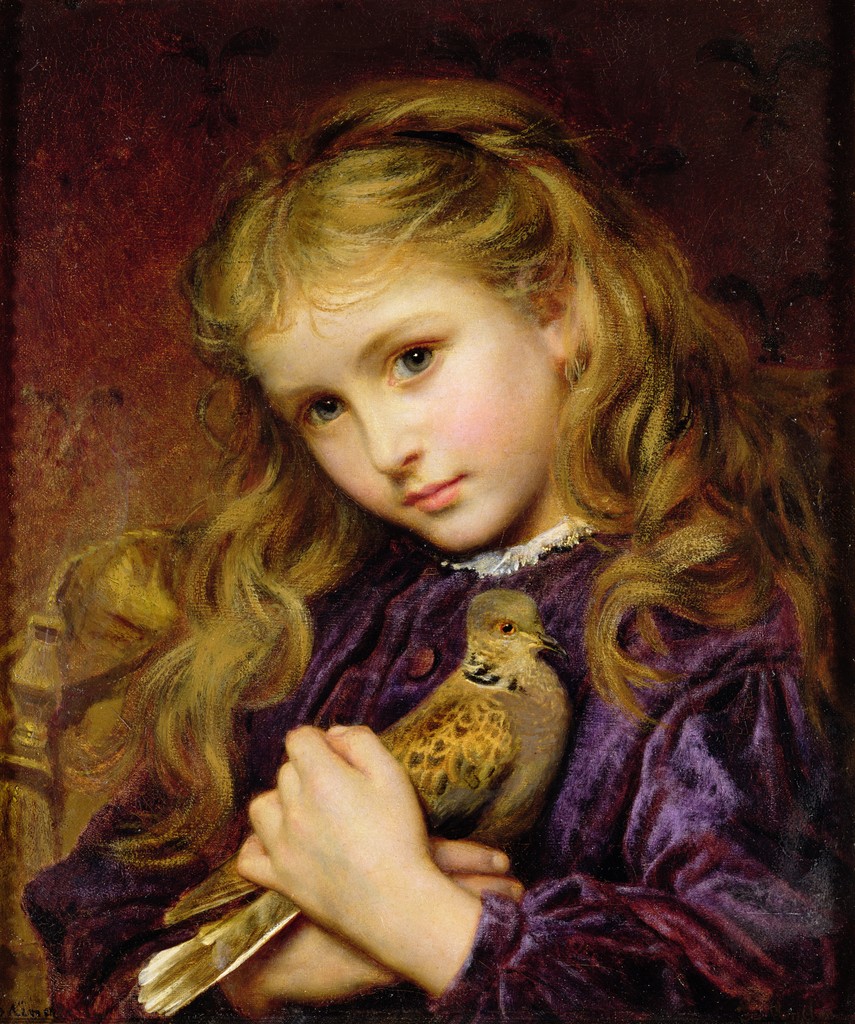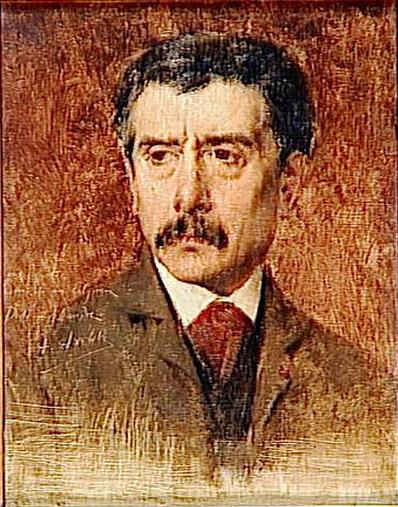|
François Pompon
François Pompon (; 9 May 1855 – 6 May 1933) was a French sculptor and animalier. Pompon made his Salon debut in 1879, exhibiting a statue of Victor Hugo's Cosette (from ''Les Misérables''). He was a pioneer of modern stylized animalier sculpture. He was not fully recognized for his artistic accomplishments until the age of 67 at the Salon d'Automne of 1922 with the work ''Ours blanc'' (''White Bear''). Pompon died in Paris, France, on 6 May 1933. Early life Pompon, the son of a cabinet maker, was born on 9 May 1855 in Saulieu, Burgundy, France. At age 15 he was working as an apprentice marble carver in a Dijon funerary monument company, but soon thereafter took up studies at the school of fine arts in Dijon. By 1873 his family had moved to Paris where the Franco-Prussian War had caused significant damage to the French capital just a few years prior to his arrival. Pompon found work on rebuilding projects, beginning with his work to produce architectural ornamentation ... [...More Info...] [...Related Items...] OR: [Wikipedia] [Google] [Baidu] |
Saulieu
Saulieu () is a rural Communes of France, commune in the Côte-d'Or Departments of France, department in the Bourgogne-Franche-Comté region in eastern France. Its 2,413 inhabitants (in 2017) call themselves Sédélociens. Capital of the Morvan, situated within the Morvan Regional Natural Park, Saulieu lies 250 km southeast of Paris on the Route nationale 6, RN6 road. History This walled town has existed since Roman times when it was known as ''Sidolocus'' (or ''Sedelocus''), as seen on the tombs and engravings that can be found in the hills overlooking the modern town. Every Saturday morning a unique market is held in the square selling goods of many kinds. Church The Basilica of Saint Andoche, noted for its west portal and carved Capital (architecture), capitals depicting biblical stories and religious teachings, was founded as an abbey church in the 6th century. Rebuilt as a collegiate church in the 12th century, it became a Minor Basilicas in the Catholic Church, Basi ... [...More Info...] [...Related Items...] OR: [Wikipedia] [Google] [Baidu] |
Franco-Prussian War
The Franco-Prussian War or Franco-German War, often referred to in France as the War of 1870, was a conflict between the Second French Empire and the North German Confederation led by the Kingdom of Prussia. Lasting from 19 July 1870 to 28 January 1871, the conflict was caused primarily by France's determination to reassert its dominant position in continental Europe, which appeared in question following the decisive Austro-Prussian War, Prussian victory over Austria in 1866. According to some historians, Prussian chancellor Otto von Bismarck deliberately provoked the French into declaring war on Prussia in order to induce four independent southern German states—Grand Duchy of Baden, Baden, Kingdom of Württemberg, Württemberg, Kingdom of Bavaria, Bavaria and Grand Duchy of Hesse, Hesse-Darmstadt—to join the North German Confederation. Other historians contend that Bismarck exploited the circumstances as they unfolded. All agree that Bismarck recognized the potential for new ... [...More Info...] [...Related Items...] OR: [Wikipedia] [Google] [Baidu] |
Arnhem
Arnhem ( ; ; Central Dutch dialects, Ernems: ''Èrnem'') is a Cities of the Netherlands, city and List of municipalities of the Netherlands, municipality situated in the eastern part of the Netherlands, near the German border. It is the capital of the Provinces of the Netherlands, province of Gelderland, located on both banks of the rivers Nederrijn and Sint-Jansbeek, which was the source of the city's development. Arnhem is home to the Hogeschool van Arnhem en Nijmegen, ArtEZ Institute of the Arts, Netherlands Open Air Museum, Airborne Museum 'Hartenstein', Royal Burgers' Zoo, NOC*NSF and National Sports Centre Papendal. The north corner of the municipality is part of the Hoge Veluwe National Park. It is approximately in area, consisting of heathlands, sand dunes, and woodlands. History Early history The oldest archeological findings of human activity around Arnhem are two firestones of about 70,000 years ago. These come from the Stone Age, when the Neanderthals lived ... [...More Info...] [...Related Items...] OR: [Wikipedia] [Google] [Baidu] |
Monumental Sculpture
The term monumental sculpture is often used in art history and criticism, but not always consistently. It combines two concepts, one of function, and one of size, and may include an element of a third more subjective concept. It is often used for all sculptures that are large. Human figures that are perhaps half life-size or above would usually be considered monumental in this sense by art historians, although in contemporary art a rather larger overall scale is implied. Monumental sculpture is therefore distinguished from small portable figurines, small metal or ivory reliefs, diptychs and the like. The term is also used to describe sculpture that is architectural in function, especially if used to create or form part of a monument of some sort, and therefore capitals and reliefs attached to buildings will be included, even if small in size. Typical functions of monuments are as grave markers, tomb monuments or memorials, and expressions of the power of a ruler or community, ... [...More Info...] [...Related Items...] OR: [Wikipedia] [Google] [Baidu] |
Musée D'Orsay
The Musée d'Orsay ( , , ) () is a museum in Paris, France, on the Rive Gauche, Left Bank of the Seine. It is housed in the former Gare d'Orsay, a Beaux-Arts architecture, Beaux-Arts railway station built from 1898 to 1900. The museum holds mainly French art dating from 1848 to 1914, including paintings, sculptures, furniture, and photography. It houses the largest collection of Impressionist and post-Impressionist masterpieces in the world, by painters including Berthe Morisot, Monet, Claude Monet, Manet, Édouard Manet, Degas, Renoir, Cézanne, Seurat, Alfred Sisley, Sisley, Gauguin, and Vincent van Gogh, van Gogh. Many of these works were held at the Galerie nationale du Jeu de Paume prior to the museum's opening in 1986. It is one of the list of largest art museums, largest art museums in Europe. In 2022 the museum had 3.2 million visitors, up from 1.4 million in 2021. It was the sixth-most-visited art museum in the world in 2022, and second-most-visited art museum in France ... [...More Info...] [...Related Items...] OR: [Wikipedia] [Google] [Baidu] |
Museum Of Grenoble
The Museum of Grenoble () is a municipal museum of Fine Arts and antiquities in the city of Grenoble in the Isère region of France. Located on the left bank of the Isère River, place Lavalette, it is known both for its collections of ancient art and for its collections of modern and contemporary art. Thanks to the action of Andry-Farcy, one of its curators in the interwar period, it is considered the very best museum of modern art in France. Its temporary rooms allow it to organize two exhibitions each year. History The Museum of Grenoble was founded on 16 February 1798 by Louis-Joseph Jay, well before other French provincial museums. That day, an order of the local administration detailed the creation of a ''museum'' in Grenoble, in which article 10 stipulated that « the citizen Louis-Joseph Jay is appointed curator of this museum. » In May of that year, the Interior Minister canceled the creation of the museum but a provisional authorization was obtained in December, ... [...More Info...] [...Related Items...] OR: [Wikipedia] [Google] [Baidu] |
European Turtle Dove
The European turtle dove (''Streptopelia turtur'') is a threatened or vulnerable member of the bird family Columbidae, the doves and pigeons. It breeds over a wide area of the south western Palearctic including north Africa but migrates to northern sub-Saharan Africa to winter. Taxonomy The European turtle dove was formally described by the Swedish naturalist Carl Linnaeus in 1758 in the tenth edition of his ''Systema Naturae''. He placed it with all the other pigeons in the genus ''Columba'' and coined the binomial name ''Columba turtur''. The specific epithet ''turtur'' is the Latin word for a turtle dove. Linnaeus gave the locality as "India". This was an error, and the type locality has been designated as England. The species is now placed in the genus '' Streptopelia'' that was introduced in 1855 by the French ornithologist Charles Lucien Bonaparte. Four subspecies are recognised: * ''S. t. turtur'' (Linnaeus, 1758) – Europe, Madeira and the Canary Islands to western ... [...More Info...] [...Related Items...] OR: [Wikipedia] [Google] [Baidu] |
Luxembourg Museum
Luxembourg, officially the Grand Duchy of Luxembourg, is a landlocked country in Western Europe. It is bordered by Belgium to the west and north, Germany to the east, and France on the south. Its capital and most populous city, Luxembourg City, is one of Institutional seats of the European Union, the four institutional seats of the European Union and hosts several European Union, EU institutions, notably the Court of Justice of the European Union, the highest judicial authority in the EU. As part of the Low Countries, Luxembourg has Benelux, close historic, political, and cultural ties to Belgium and the Netherlands. Culture of Luxembourg, Luxembourg's culture, people, and Languages of Luxembourg, languages are greatly influenced by France and Germany: Luxembourgish, a Germanic language, is the only recognized national language of the Luxembourgers, Luxembourgish people and of the Grand Duchy of Luxembourg; French is the sole language for legislation; and both languages al ... [...More Info...] [...Related Items...] OR: [Wikipedia] [Google] [Baidu] |
Plaster Cast
A plaster cast is a copy made in plaster of another 3-dimensional form. The original from which the cast is taken may be a sculpture, building, a face, a pregnant belly, a fossil or other remains such as fresh or fossilised footprints – particularly in palaeontology (a track of dinosaur footprints made in this way can be seen outside the Oxford University Museum of Natural History). Sometimes a blank block of plaster itself was carved to produce mock-ups or first drafts of sculptures (usually relief sculptures) that would ultimately be sculpted in stone, by measuring exactly from the cast, for example by using a pointing machine. These are still described as plaster casts. Examples of these by John Flaxman may be found in the central rotunda of the library at University College London, and elsewhere in the university's collections. It may also describe a finished original sculpture made out of plaster, though these are rarer. Method Plaster is applied to the original ... [...More Info...] [...Related Items...] OR: [Wikipedia] [Google] [Baidu] |
Bronze Sculpture
Bronze is the most popular metal for Casting (metalworking), cast metal sculptures; a cast bronze sculpture is often called simply "a bronze". It can be used for statues, singly or in groups, reliefs, and small statuettes and figurines, as well as bronze elements to be fitted to other objects such as furniture. It is often gilding, gilded to give gilt-bronze or ormolu. Common bronze alloys have the unusual and desirable property of expanding slightly just before they set, thus filling the finest details of a mould. Then, as the bronze cools, it shrinks a little, making it easier to separate from the mould. Their strength and wikt:ductility, ductility (lack of brittleness) is an advantage when figures in action poses are to be created, especially when compared to various ceramic or stone materials (such as marble sculpture). These qualities allow the creation of extended figures, as in ''Jeté'', or figures that have small cross sections in their support, such as the Richard ... [...More Info...] [...Related Items...] OR: [Wikipedia] [Google] [Baidu] |
Auguste Rodin
François Auguste René Rodin (; ; 12 November 184017 November 1917) was a French sculptor generally considered the founder of modern sculpture. He was schooled traditionally and took a craftsman-like approach to his work. Rodin possessed a unique ability to model a complex, turbulent, and deeply pocketed surface in clay. He is known for such sculptures as ''The Thinker'', ''Monument to Balzac'', ''The Kiss (Rodin sculpture), The Kiss'', ''The Burghers of Calais'', and ''The Gates of Hell''. Many of Rodin's most notable sculptures were criticized, as they clashed with predominant figurative sculpture traditions in which works were decorative, formulaic, or highly Theme (arts), thematic. Rodin's most original work departed from traditional themes of mythology and allegory. He modeled the human body with naturalism, and his sculptures celebrate individual character and physicality. Although Rodin was sensitive to the controversy surrounding his work, he refused to change his sty ... [...More Info...] [...Related Items...] OR: [Wikipedia] [Google] [Baidu] |
Alexandre Falguière
Jean Alexandre Joseph Falguière (; also given as Jean-Joseph-Alexandre Falguière, or in short Alexandre Falguière) (7 September 183120 April 1900) was a French sculptor and painter. Biography Falguière was born in Toulouse. A pupil of the École des Beaux-Arts, he won the Prix de Rome in 1859; he was awarded the medal of honor at the Paris Salon in 1868 and was appointed Officer of the Legion of Honor in 1878. Falguière's first bronze statue of importance was ''Le Vainqueur au Combat de Coqs (Victor of the Cockfight)'' (1864), and '' Tarcisius the Christian Boy-Martyr'' followed in 1867; both were exhibited in the Luxembourg Museum and are now in the Musée d'Orsay. His more important monuments are those to Admiral Courbet (1890) at Abbeville and the famous Joan of Arc. Other works include ''Eve'' (1880), ''Diana'' (1882 and 1891), ''Woman and Peacock'' (a. k. a. '' Juno and The Peacock''), and ''The Poet'', astride his Pegasus spreading wings for flight. He sculpted ''T ... [...More Info...] [...Related Items...] OR: [Wikipedia] [Google] [Baidu] |








